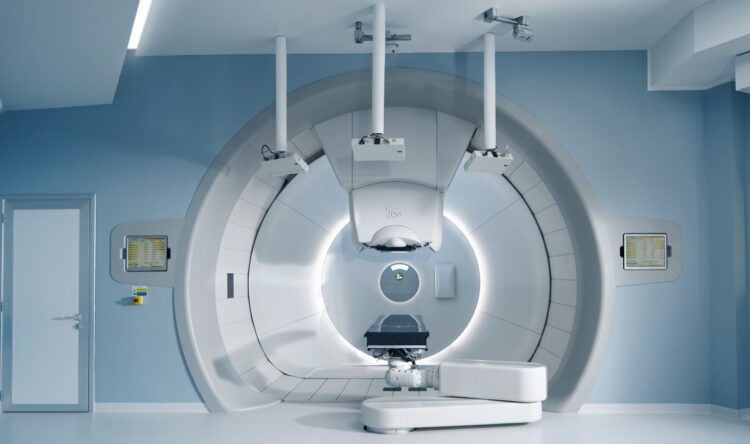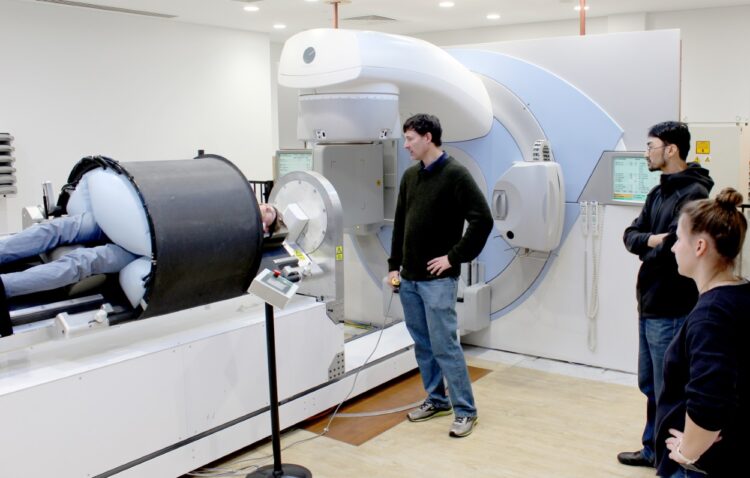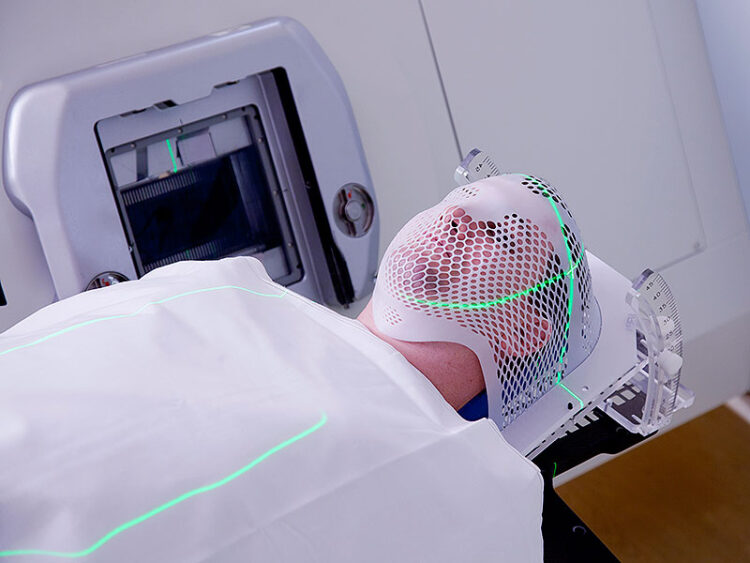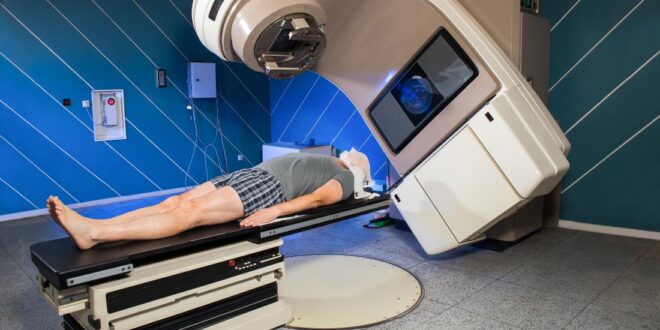Radiotherapy is a ‘targeted treatment’ used in the treatment of cancer with the intention to shrink, destroy or interrupt the processes of cancer cells. The intention of radiotherapy can be to try and cure the cancer or reduce the tumour size in preparation or after another treatment method, such as chemotherapy or surgery.
What is Radiotherapy?

The term radiotherapy is quite broad and covers a number of different treatment methods that use radiation to treat cancer. Radiation types include photons (x-rays), protons, electrons and gamma and different types are used for internal radiotherapy and external beam radiotherapy. Another type of radiotherapy is known as proton beam therapy and uses high-energy protons to treat cancer cells with highly accurate targeting in order to reduce the severity of side effects experienced by patients.
Internal Radiotherapy? – Internal radiotherapy is the name given when a device containing radiation known as a seed is implanted into or near to the tumor in order to interrupt the DNA of tumor cells and cause the death of the cancer cells. Internal radiotherapy is also known as brachytherapy and provides a high dose of radiation into the tumor while reducing the amount of radiation received by surrounding healthy cells.
External Beam Radiotherapy? – External beam radiotherapy uses a machine outside of the body, known as a linear accelerator or LINAC machine to beam radiation into the treatment area. It is a targeted treatment type however some healthy cells surrounding the tumour will receive a dose of radiation but are much better at recovering after treatment has finished. Treatments are commonly delivered once a day Monday to Friday, with the weekend given as a break for healthy tissues to recover. Read more here from The Rutherford Cancer Centres.
Is Radiotherapy Effective?

Yes, radiotherapy is an effective type of cancer treatment that has been used for over a hundred years and developments are made regular to advance the treatment and increase its efficiency. A recent development in radiotherapy is MRI-guided radiotherapy, a radiotherapy treatment that uses a combination of MRI – magnetic resonance imaging and a linear accelerator machine to deliver highly accurate radiotherapy to the treatment area. Not only does this type of treatment offer high accuracy, it reduces the severity of side effects experienced and allows for higher doses in each treatment session, potentially reducing the length of the total treatment.
What Are The Side Effects of Radiotherapy?

With any type of radiation therapy, there is going to be side effects from the treatment. Most commonly these include nausea and fatigue, a feeling of sickness and full-body exhaustion and may also include sensitivity of the skin and hair-loss but only in the area receiving treatment. Depending on the area receiving radiation, there may also be a number of site-specific side effects such as headaches and blurry vision for brain cancer treatments and swelling and tenderness for breast cancer treatments.
Many patients advise side effects as the worst part of receiving treatment as sessions are normally simple and fairly short, taking less than an hour to get the patient comfortable, carry out the treatment delivery and then perform health checks on the patient’s progress. Side effects can be managed and if a patient is struggling to manage their side effects, they should speak to their cancer care team or supportive care team who can provide advice or access to additional therapies where required.
Some side effects may last for some weeks after the treatment has finished, these are known as long-term side effects and will often go away as the body recovers from treatment. Although rare, some side effects may not occur until months or years after the treatment has finished, these are known as late-term side effects and the cancer care team should provide advice on what to do if late-term side effects arise.
Radiotherapy may not be effective for all types, locations or stages of cancer and the clinical oncologist will talk through potential treatments with the patient in detail after their diagnosis. This will include the benefits and risks of certain treatments and what the most effective treatment or combination of treatments will be for the individual.
 Hi Boox Popular Magazine 2024
Hi Boox Popular Magazine 2024



